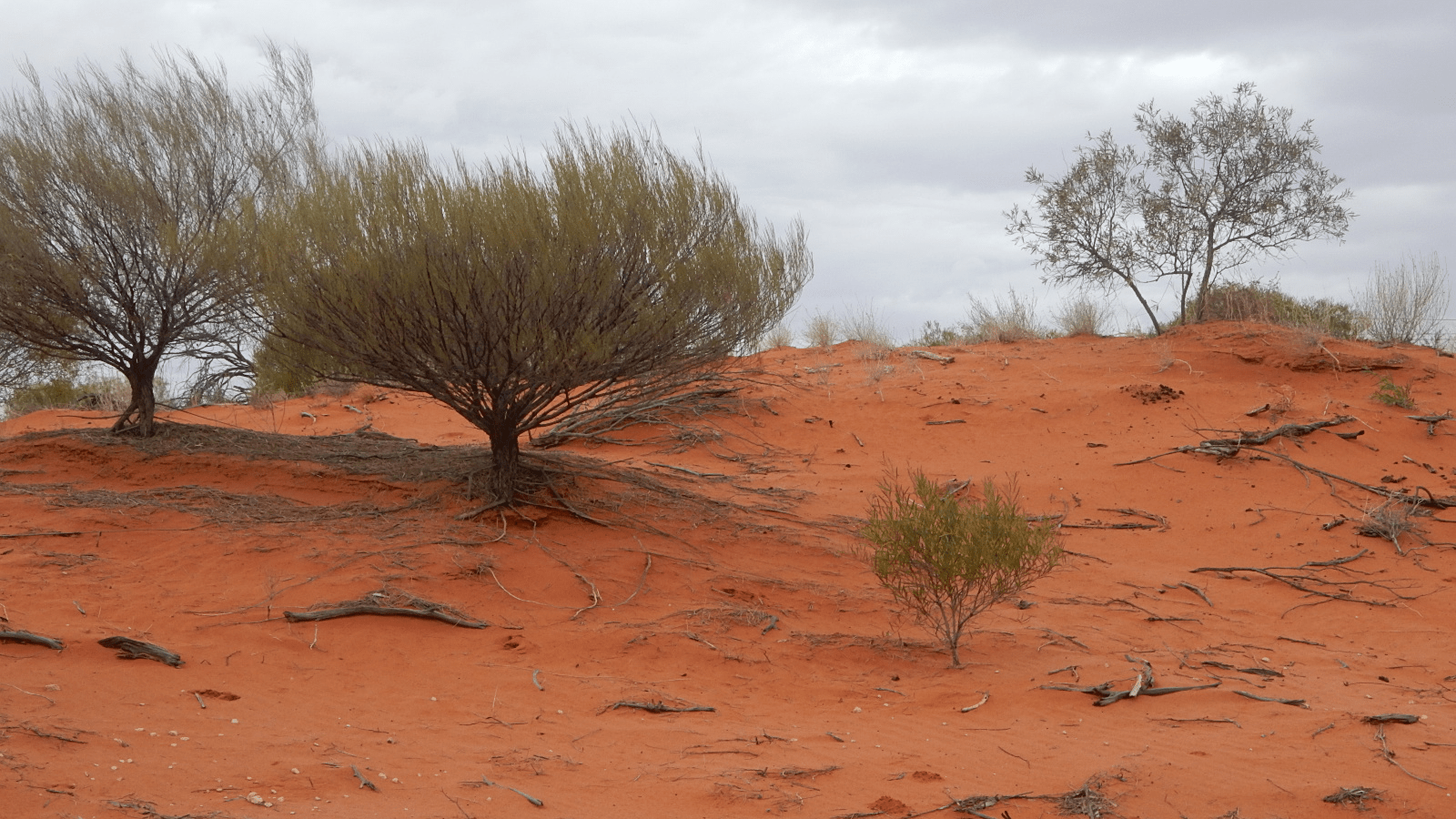Large areas of the Earth are covered with sand. And it’s not all a yellowish-beige.
Natalie Mahowald, a professor in the department of Earth and atmospheric sciences at Cornell University, says that depending on its mineral composition, that sand can vary in color.
“It can be black or red, or it can be white, really different colors,” she says.
She says those colors affect the climate. When desert sand gets kicked up into the air, tiny dust particles end up suspended in the atmosphere.
There, some particles reflect the sun’s energy, while others absorb it.
“The white ones reflect all the light back out so they cool the planet, the black ones absorb radiation so they warm the planet,” Mahowald says.
To understand the climate impact of airborne dust, she says scientists need accurate, location-specific data about the mineral composition of sand and dust across desert regions.
Now a high-tech instrument mounted to the International Space Station is providing this data.
As it orbits the Earth, it’s measuring wavelengths of light reflected off the Earth’s surface, which allows scientists to determine the color and composition of sand and dust.
“We’re getting an amazing amount of data of really high quality,” Mahowald says.
She says it will help researchers better understand how dust affects the warming world.
Reporting credit: Sarah Kennedy/ChavoBart Digital Media
Source link


